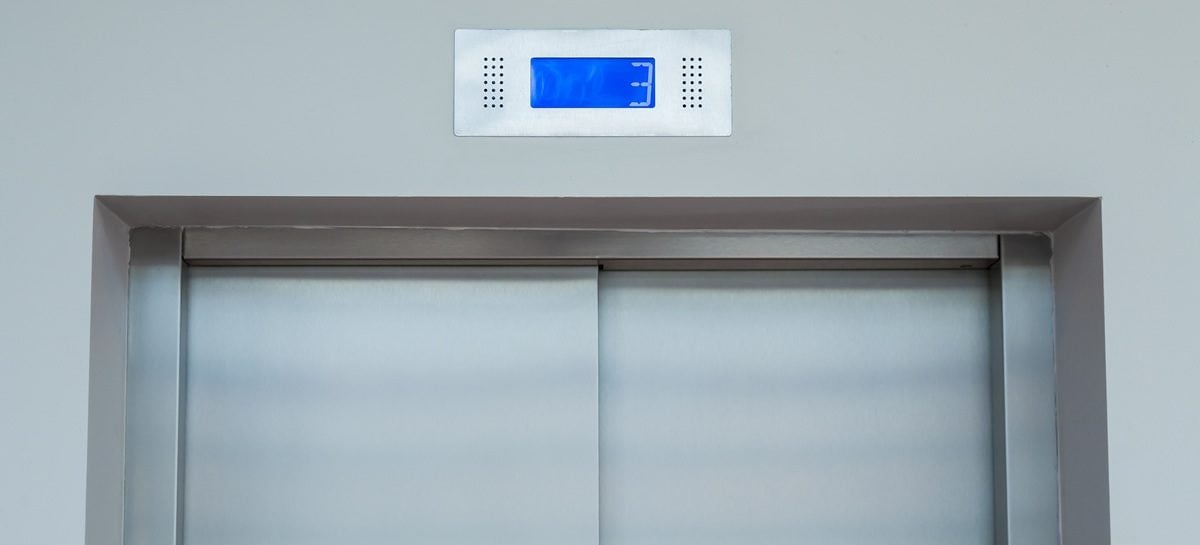The Department of Buildings (DOB) is responsible for overseeing the safety of New York City’s nearly 70,000 elevators. All automatic passenger and freight elevators in NYC must now have a system to monitor and prevent automatic operation with faulty door contact circuits.
This requirement is tied to a DOB rule for Elevator Door Lock Monitoring (DLM) that came into effect Jan. 1, 2020.
Because elevator violations are a common obstacle to obtaining a Final Certificate of Occupancy (CO) or Temporary Certificate of Occupancy (TCO), let's examine the new lock monitoring requirements and how to comply.
What is the new rule?
The lock monitoring change has been in the works for many years, initially announced in 2014 after a fatal tragedy involving automatic elevators moving before a passenger could board.
The now-effective rule has brought NYC Building Code in line with ASME A17.3 of 2002, while slightly modifying it. As outlined by Chapter K3 of Appendix K Section 3.10.12, all automatic passenger and freight elevators must have a system that monitors and prevents automatic operation due to faulty door contact circuits.
What elevators are affected?
The regulation retroactively applies to all such elevators in the city. The New York Times estimated as many as 44,000 could be affected, needing upgrades or systems installed for the first time. However, most elevators installed after 2009 have the necessary technology. The rule does not apply to passenger elevators manually run by human operators, nor service elevators that are manually operated.
What are the compliance steps?
Owners and managers of buildings with noncompliant elevators will need to purchase software and hardware and have it installed by a professional. All work done to comply needs an Elevator Application under an Elevator Buildings Notice and a permit from the DOB's Elevators Unit.
A final inspection is required, but owners and managers have options for satisfying this demand. To help expedite such work, the DOB modified rules to allow DLM systems testing and inspections to be performed by approved elevator agencies in the presence of a witnessing agency.
The elevator agency submitting the elevator’s required Category 1 annual inspection/test results must report a defect if the DLM is not working or not installed in DOB NOW: Safety.
For elevators installed or modernized after 2009, owners and managers must ensure they are compliant or a less-costly microchip update is needed.
What enforcement actions will the DOB pursue?
The DOB is taking action against non-compliant owners based on the results of various types of inspections, including but not limited to:
- Category 1 inspections and tests
- Periodic inspections (PVT)
- Compliant inspections
- Acceptance inspection and tests
It will also issue OATH summonses to building owners for non-compliant elevator devices, as well as pursue follow-up inspections and violations if they remain non-compliant.
Clearing CAT and PVT violations
CAT Violations
The DOB typically issues CAT-1 violations when they have not received a copy of the annual inspection report. A civil penalty of between $3,000 and $5,000 (per device) is required to cure these violations.
PVT Violations
If the PVT violation is non-hazardous, a certified elevator company can do a reinspection and submit an Affirmation of Correction (AOC) along with a copy of the violation to the Elevator Unit to remove the violation.
If the PVT violation is considered hazardous or if the violation was issued because an inspector couldn’t access the area, a certified elevator inspection company must submit a letter to the Elevator Unit, either by mail or in person. The letter should indicate that corrections have been made and request a re-inspection of the device.
All PVT Violations must also be cleared to secure a Final Elevator Signoff.
Clean slate?
Upon removal of all elevator violations, the DOB will issue the Final Elevator Signoff, an important part of the TCO/CO process.
Contact Milrose for TCO/CO assistance
With the DLM rule now effective, it's best to get ahead of these issues to avoid getting hit with violations and possible project delays. Contact Milrose for help clearing any open elevator violations so you can enjoy a smooth ride to TCO/CO approval.








